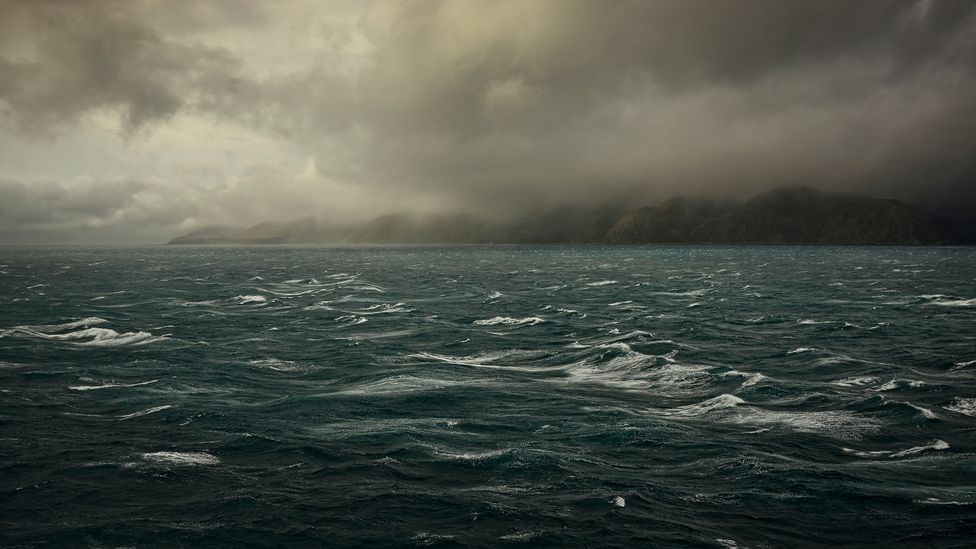The discovery of the eighth continent, Zealandia, has been a major breakthrough in the world of geology and has shed light on the mysteries of the Earth's crust. Zealandia is a submerged continent that lies beneath the Pacific Ocean and is immense in size, measuring approximately 4.9 million square kilometers. The discovery of Zealandia is a result of years of research and scientific exploration, and it has been a major topic of discussion in recent times.
The discovery of Zealandia is credited to a team of scientists from New
Zealand, Australia, and New Caledonia. The team spent years studying the
geology of the Pacific Ocean floor and analyzing data collected from various
sources, including satellite imagery and sonar technology. They discovered that
the landmass known as New Zealand, along with several smaller islands, was
actually part of a much larger landmass that had been submerged for millions of
years.
The team of scientists published a paper in the Geological Society of
America in 2017, outlining their findings and officially declaring the
existence of Zealandia. The discovery of Zealandia has been hailed as a major
achievement in the field of geology, as it provides new insights into the
Earth's crust and the processes that shape our planet.
The discovery of Zealandia has also sparked a renewed interest in the study
of plate tectonics, the theory that explains the movement of the Earth's crust.
According to the theory of plate tectonics, the Earth's crust is made up of a
series of plates that move around on the surface of the planet. These plates
can collide, causing earthquakes and volcanic eruptions, or they can move
apart, creating new landmasses and oceans.
The discovery of Zealandia has challenged some of the traditional
assumptions about plate tectonics. For example, it was previously believed that
the Pacific plate was made up of two main parts, the Australian plate and the
Pacific plate. However, the discovery of Zealandia suggests that there is
actually a third major piece of the Pacific plate, which has been largely
hidden from view.
The discovery of Zealandia has also raised questions about the impact of
climate change on the planet's landmasses. As sea levels rise, there is a risk
that more landmasses could become submerged, potentially leading to the
discovery of more submerged continents like Zealandia. This could have
significant implications for the world's ecosystems, as well as for human
populations living in coastal areas.
In addition to its scientific significance, the discovery of Zealandia has
also captured the public's imagination. The idea of a hidden continent lurking
beneath the waves is a fascinating one, and it has captured the attention of
people around the world. The discovery has also sparked a renewed interest in
exploration and discovery, as scientists continue to search for new clues about
the secrets of the Earth's crust.




0 Comments